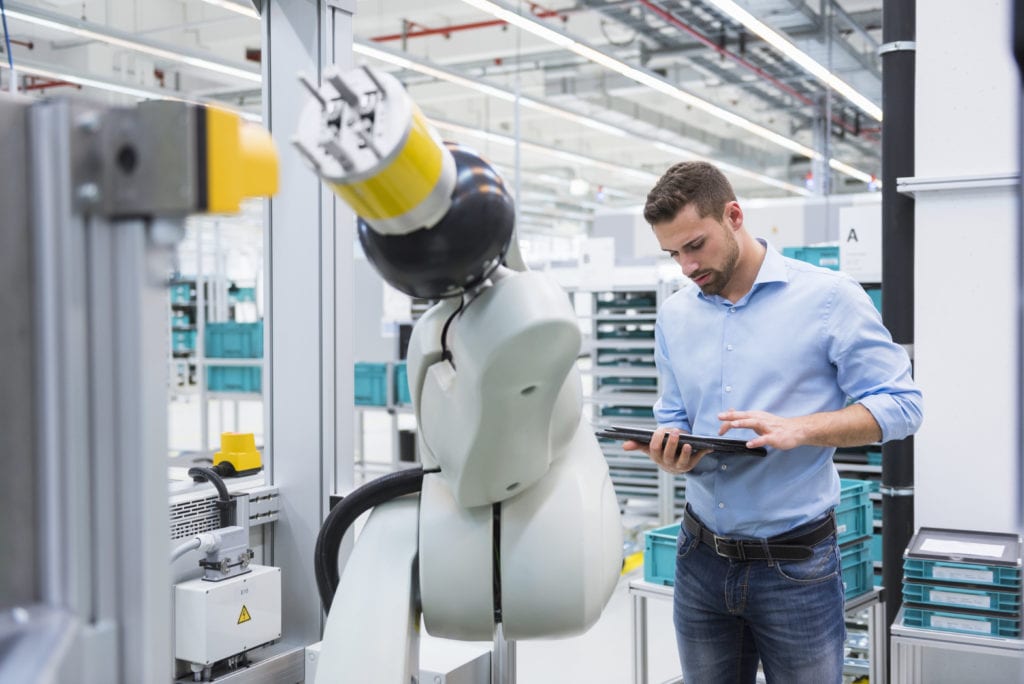
Do you upgrade your cell phone regularly? Or do you prefer to keep it going as long as possible, making any necessary repairs, until it finally dies? Which camp you fall into depends on various factors, including financial, lifestyle, work, hobbies, etc.
When it comes to managing assets and technology in a manufacturing plant, these decisions also matter. Usually the design life of a plant is longer than the life of its production assets or their components, for example, control systems. Plants are at different levels of maturity when it comes to managing the lifecycles of their assets. In general, this topic can be approached using three different strategies. Business insights from the IIoT help decide which is the best way to go:
- Extended Lifespan focuses on keeping an asset running for a finite time until the product it makes is replaced.
- Modernization is about upgrading to and making full use of the latest technology.
- Investment Prioritization is about prioritizing where and when to invest in new or retire old assets so the plant is always ready to meet present and future market and customer demands.
Extended Lifespan: maintain the asset until the end of its useful life
In a plant, if an asset has a limited lifetime, the best option might be to keep it running until its last breath. You might choose to do this if the product produced by that asset will be discontinued in a few years.
This strategy avoids the costs associated with installing a new system, such as down time or retraining staff. If you want to go down this road you need to ensure that you have:
- Access to spare parts
- Access to technical support
- Worker skills and training to operate and maintain the older equipment or system
A custom service agreement with the original provider of your control system typically includes support, predictive maintenance, spare parts availability, and access to specialist expertise or management either on site or nearby.
Modernization: update your system to the latest technology
Modernization is the right option if you want to upgrade to the latest technology and unlock new, high levels of performance. As well as increasing efficiency and productivity, modernization can help address obsolescence and yield control systems aligned with the needs and expectations of next generation talent.
The key with this strategy is to make sure you don’t just upgrade like for like. Otherwise it would be like paying to upgrade from an old phone to the latest smart phone, only to use it for just phone calls and text messages!
We work with customers to help make the most of their existing control system investments, while minimizing risk, switching costs and time to market. In our experience customers are often surprised at how little business disruption there is. A modernization project for Dow Corning was completed two days early and the company reduced CAPEX by 50%.
In other modernization projects, customers Casa Granado achieved a 15-20% increase in production efficiency, and Veolia Water boasted a 15% annual energy savings and a 20% increase in production efficiency.
Investment prioritization: a strategy for now and into the future
This strategy is about thinking of the long-term future of the business and including production capabilities and assets in this vision. It’s important to prioritize investment in assets that are most crucial to the future success of the business, e.g. assets used for products which have the longest planned production life.
It’s also about asking what new, disruptive trends are on the horizon, deciding what impact these have on plant production and being ready to take advantage of these new possibilities when these trends become reality. For example, there are big changes coming for car manufacturers with driverless cars and electric cars. The time to prepare for this is now.
So, as you can see it’s clearly important to take a strategic approach when deciding whether to simply extend the life of your existing assets, modernize to take advantage of all the benefits new technology have to offer or include asset mix as part of your strategic business plan. Finding the right balance will help you:
- Reduce risk associated with older assets
- Capitalize on new opportunities for greater revenue
- Reduce operating costs
The right approach will also improve Return On Capital Employed (ROCE), which should help keep shareholders happy.
Customer and market data can help you decide on a case by case basis which strategy is best. Operational insights available from the digital technologies of today make it much easier to manage technologies and assets as a ‘portfolio’ of investments. One which is ready to both efficiently service today’s market opportunities while being ready for those of the future.
Read more about how Schneider Electric can help support your investment continuity strategies here



